@alina.malova
Louis Ferdinand Elle Jr. (Parigi, 1612-1689). Ritratto di donna. Intorno al 1680.
Louis Ferdinand Elle Jr. (Parigi, 1612-1689). Ritratto di donna. Intorno al 1680.
Impossibile caricare la disponibilità di ritiro
Louis Ferdinand Elle Jr. (Parigi, 1612-1689)
Ritratto di donna.
Circa 1680.
Olio su tela, supportato su cartone.
In cornice di legno dorato del XIX secolo.
Di recente è apparso nella nostra galleria un ritratto femminile, proveniente da una collezione privata; il ritratto era convenzionalmente attribuito alla scuola olandese.
La valutazione del valore artistico del dipinto è stata complicata dalle sue condizioni: il dipinto era nascosto sotto uno strato molto spesso di vecchia vernice.
La successiva pulitura del dipinto ha permesso di scoprire un originale di alta qualità dell'autore. Dopo complesse ricerche, il dipinto è stato chiaramente attribuito alla scuola francese e la sua datazione, per le caratteristiche del costume e dell'acconciatura, ha iniziato a oscillare tra il 1670 e il 1690.
Un'analisi stilistica del ritratto ci permette di attribuirne la paternità all'eccezionale ritrattista francese Louis Ferdinand Elle.
Dopo aver ricevuto la sua prima educazione artistica nella bottega del padre, Ferdinand Elle (1570 a Mechelen - 1637 a Parigi), Louis Ferdinand iniziò molto presto una carriera indipendente.
Grazie ai committenti del padre, l'artista consolidò rapidamente la sua posizione a corte. I ritratti giovanili e maturi di Elle (ad esempio, il ritratto di Luigi XIV in armatura, Metz, Musée de la Cour d'Or) dimostrano quanto grande fosse stata l'influenza dell'opera del padre sull'artista. L'artista utilizza una ritrattistica consolidata (ma un po' arcaica) del 1620 circa, caratterizzata da una silhouette leggermente allungata della figura, da una modellazione fluida di luci e ombre e da un'interpretazione estremamente generalizzata del volto. L'artista rimase fedele a questo schema per un periodo piuttosto lungo, nonostante il fatto che la formula del ritratto in Francia stesse subendo cambiamenti significativi.
Ancora più inaspettato è il radicale cambiamento nello stile dei ritratti di Elle negli ultimi anni della sua vita, negli anni Ottanta del Seicento. Questo cambiamento fu legato all'arrivo a Parigi del più grande ritrattista Louis Ferdinand Voet. Lo stile di Voet, che Papa Innocenzo XI definì "uno strumento di voluttà" (motivo per cui a Voet fu proibito di lavorare a Roma), si rivelò incredibilmente in sintonia con l'atmosfera artistica di Parigi. Lo stile di Elle inizia ad assomigliare all'opera di Foote: la sua pittura diventa più trasparente, emerge un'incredibile libertà tecnica e le sue immagini sono pervase di un fascino sensuale.
Un piccolo ritratto di una donna sconosciuta, proveniente dalla collezione della galleria di Alina Malova, è un eccellente esempio dell'opera tarda di El. La tecnica pittorica stupisce per il suo virtuosismo; è libera e artistica. La modellazione della forma è costruita utilizzando diverse tecniche artistiche contemporaneamente. Utilizzando la luce, l'artista determina il volume, ma completa la forma con l'effetto del non-finito. L'interpretazione figurativa del modello è interessante. Un tratto caratteristico dell'intera opera di Elle era la sua visione molto personale e intima del modello. Il dialogo tra la persona raffigurata e lo spettatore nell'opera di El si basa su semi-emozioni, una tecnica che ha ereditato dall'arte di suo padre.
Ciò è particolarmente evidente nel ritratto di una signora della galleria Alina Malova.
Una leggera inclinazione della testa, uno sguardo dolce e un leggero mezzo sorriso creano il fascino dell'immagine e sembrano anticipare il ritratto francese del XVIII secolo.
Materiali
Materiali
Dimensioni
Dimensioni
Informazioni sulla cura
Informazioni sulla cura
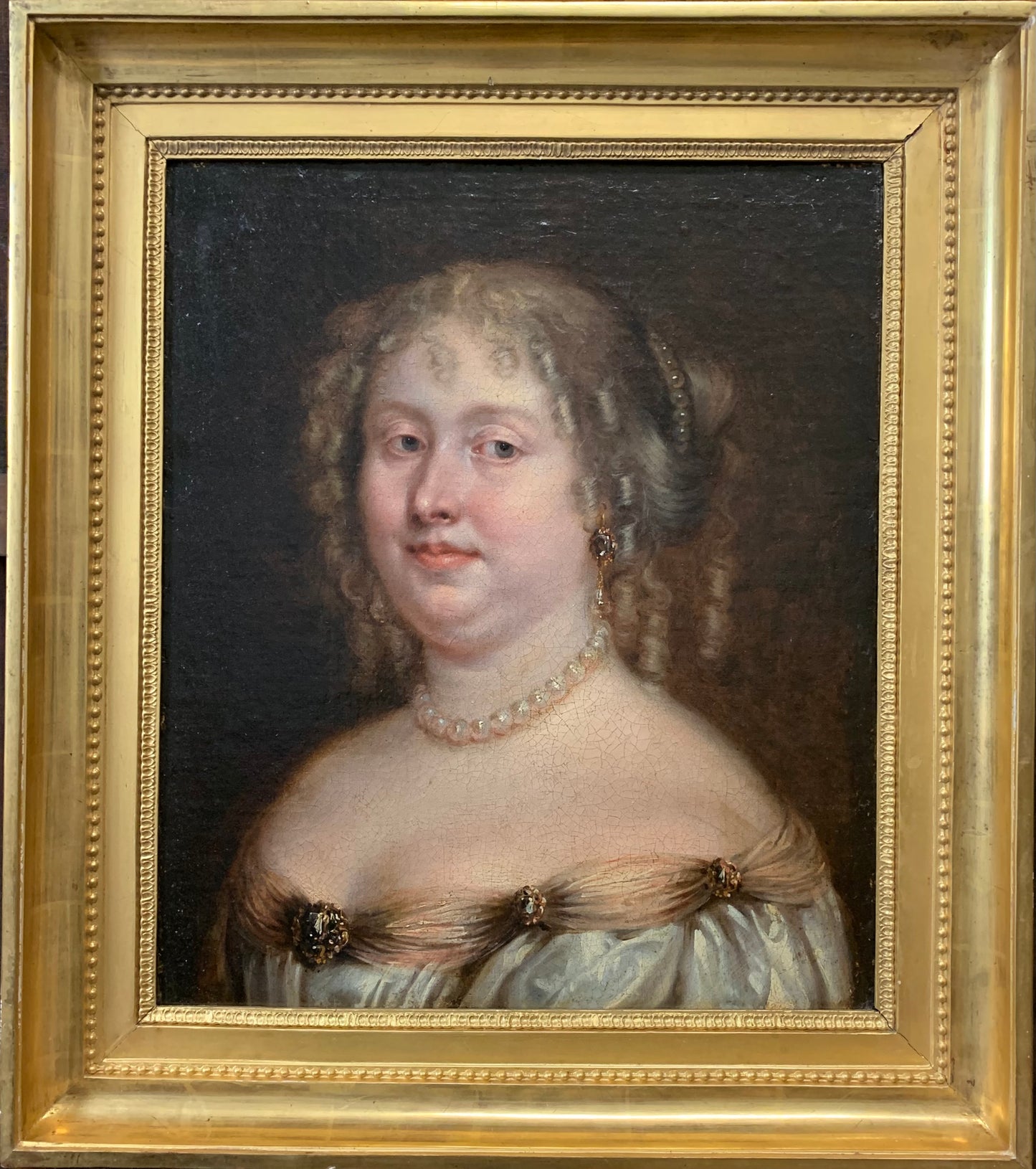
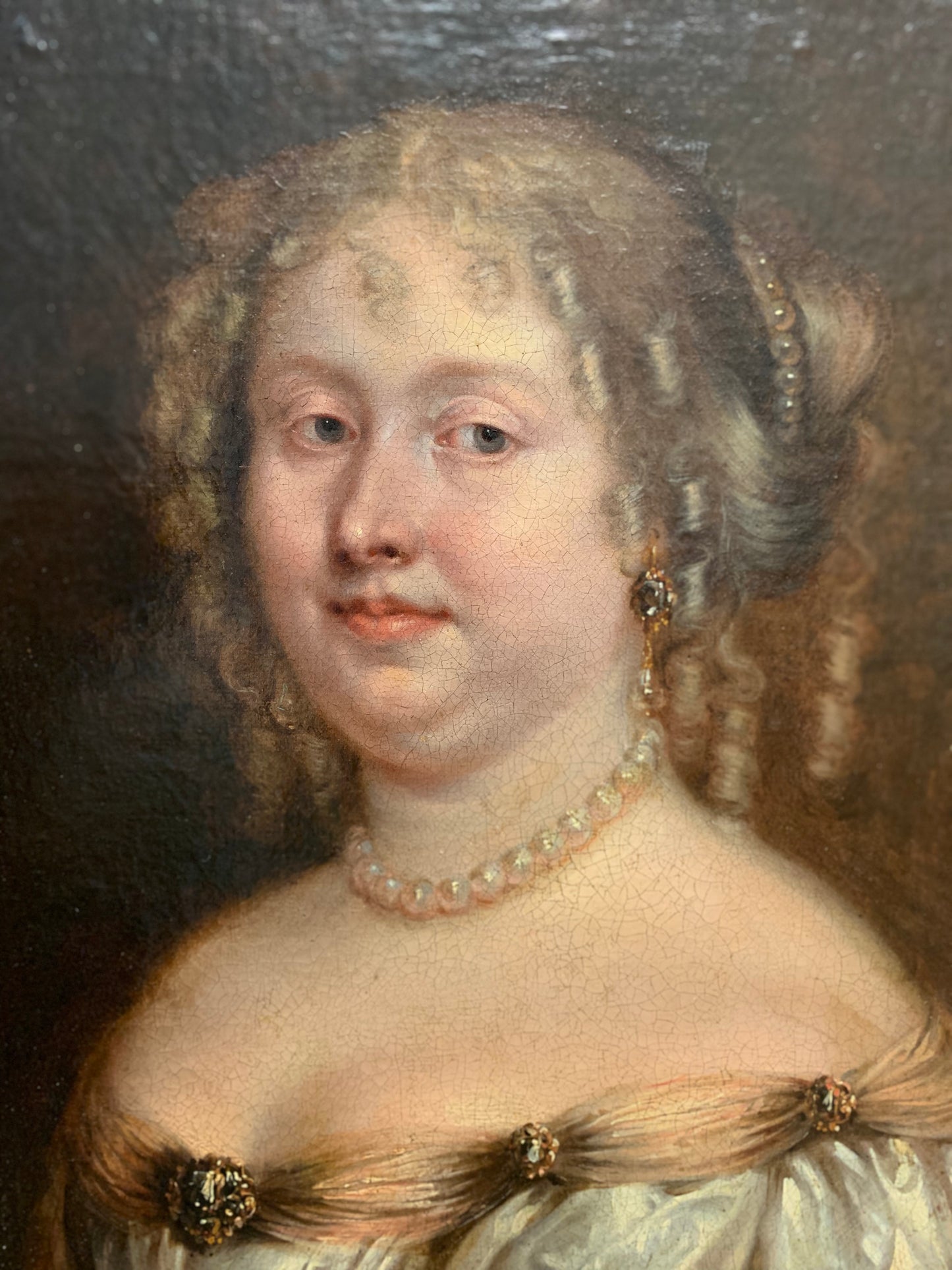
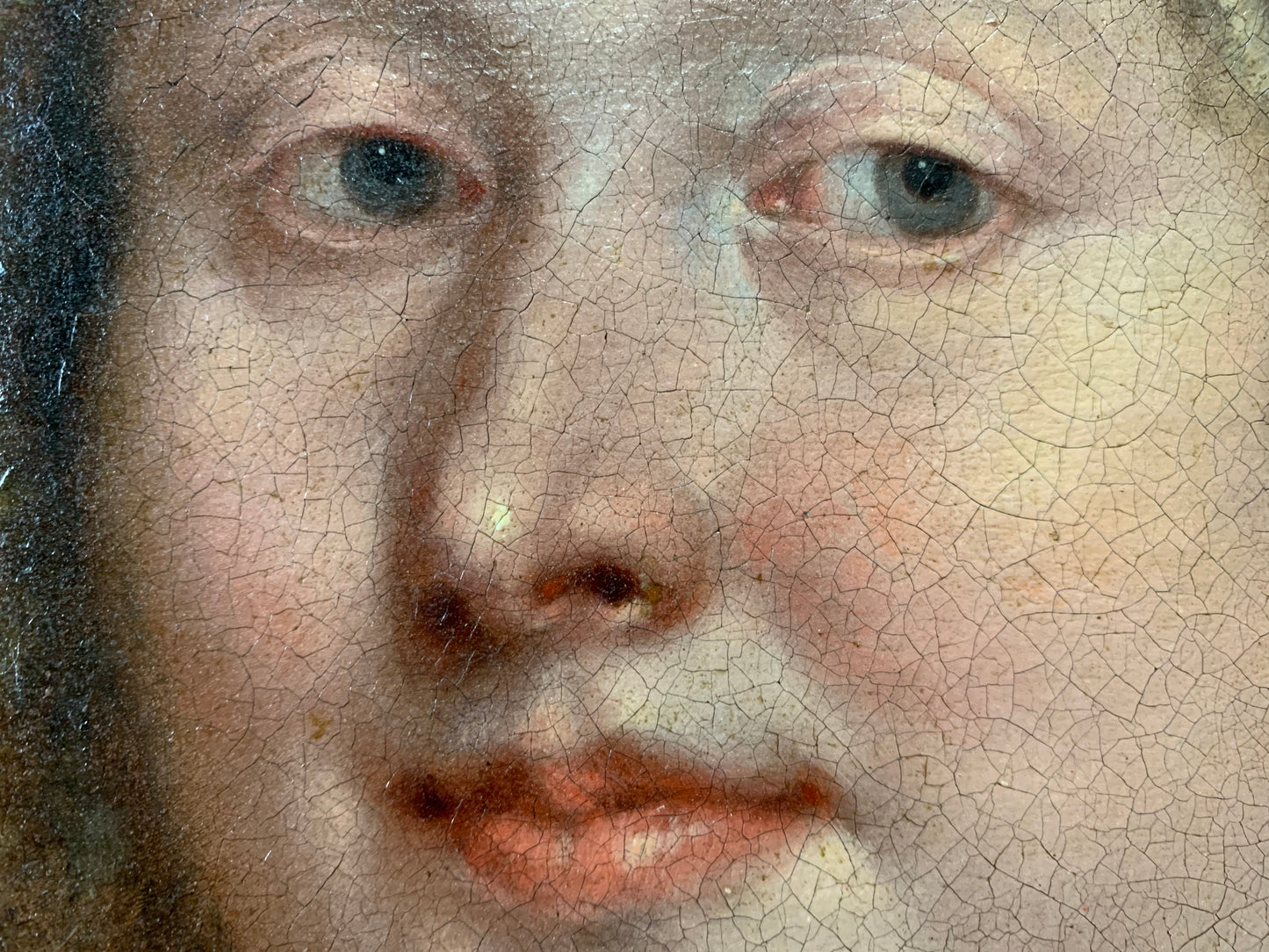
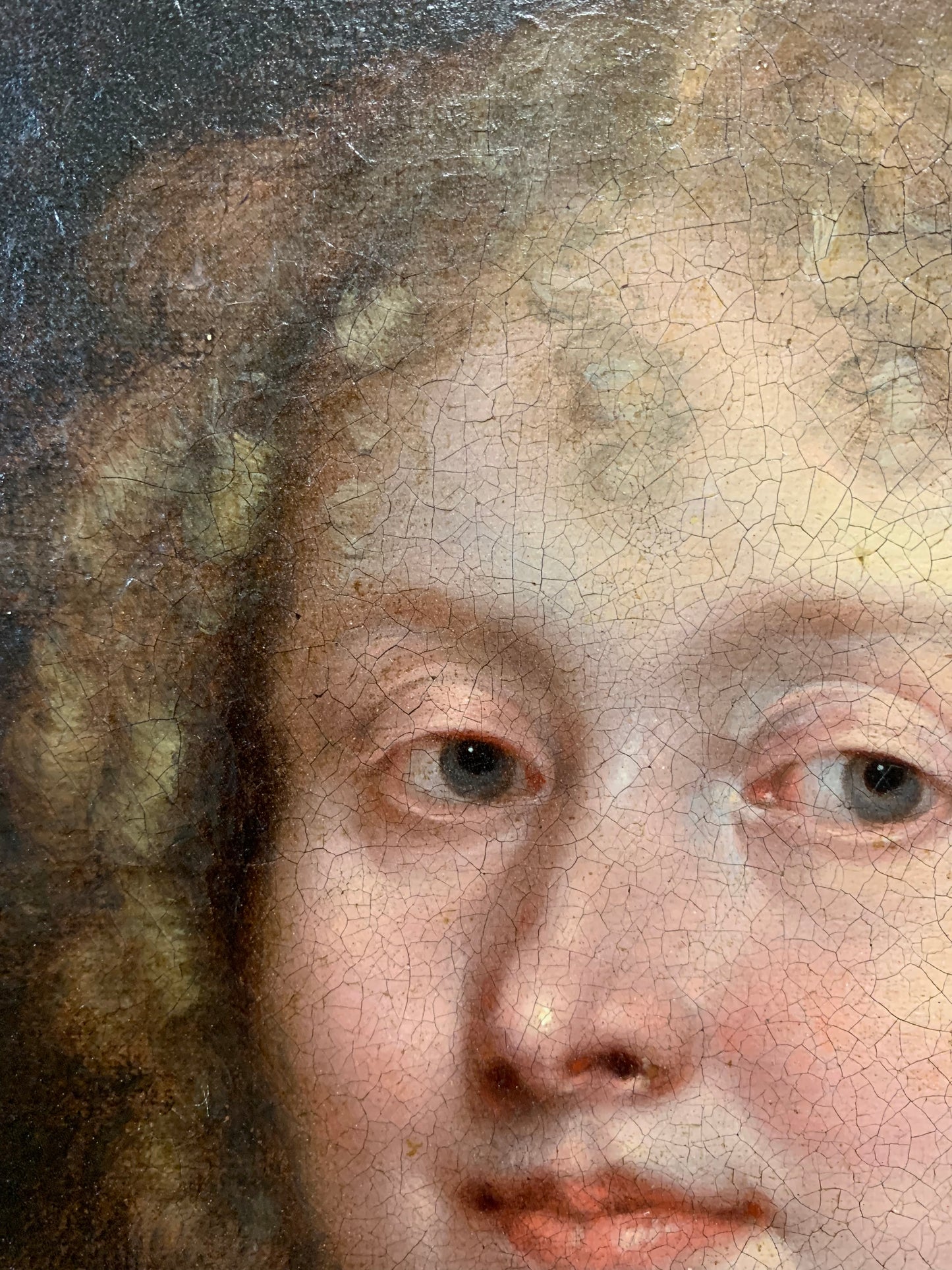
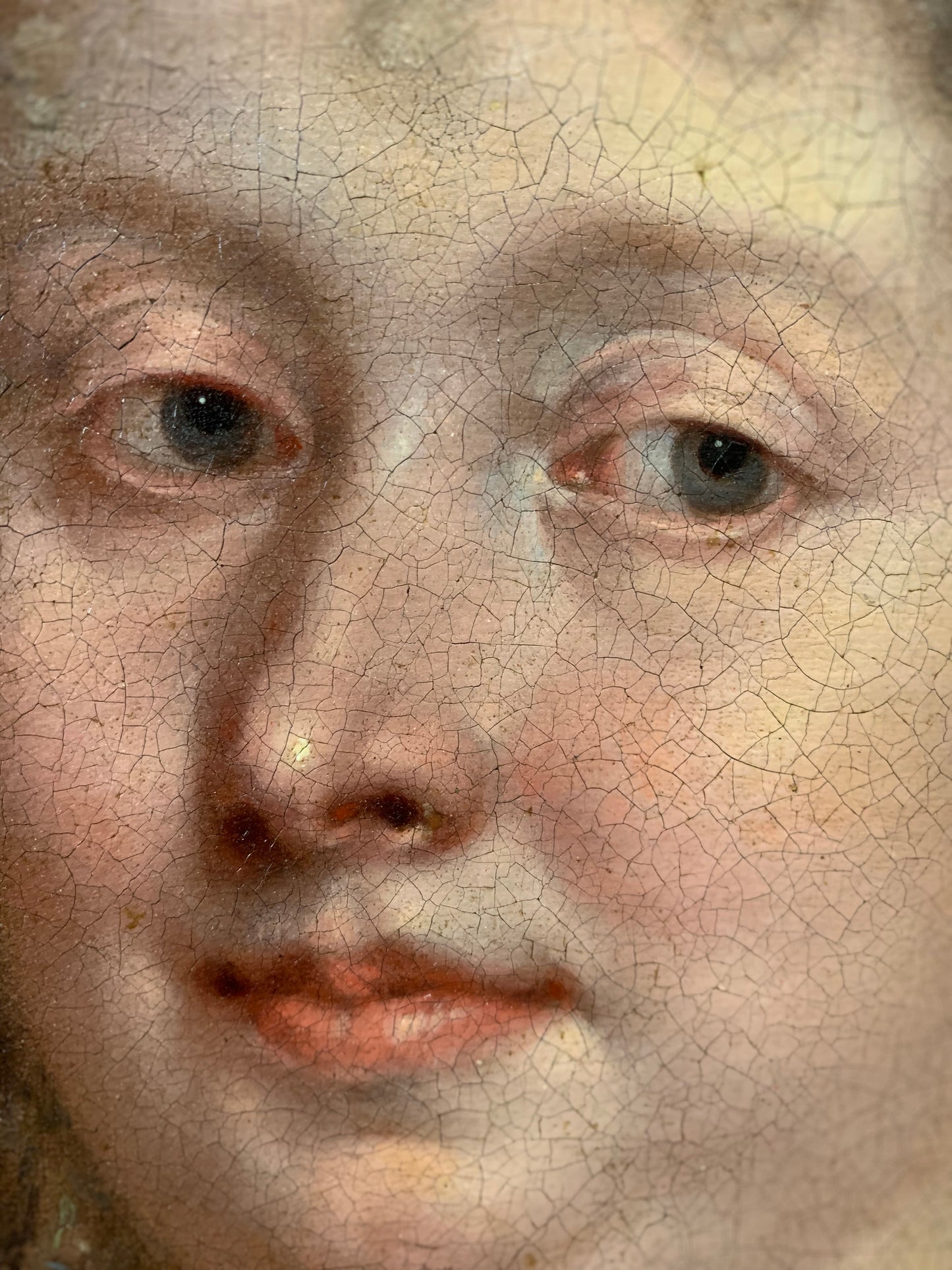
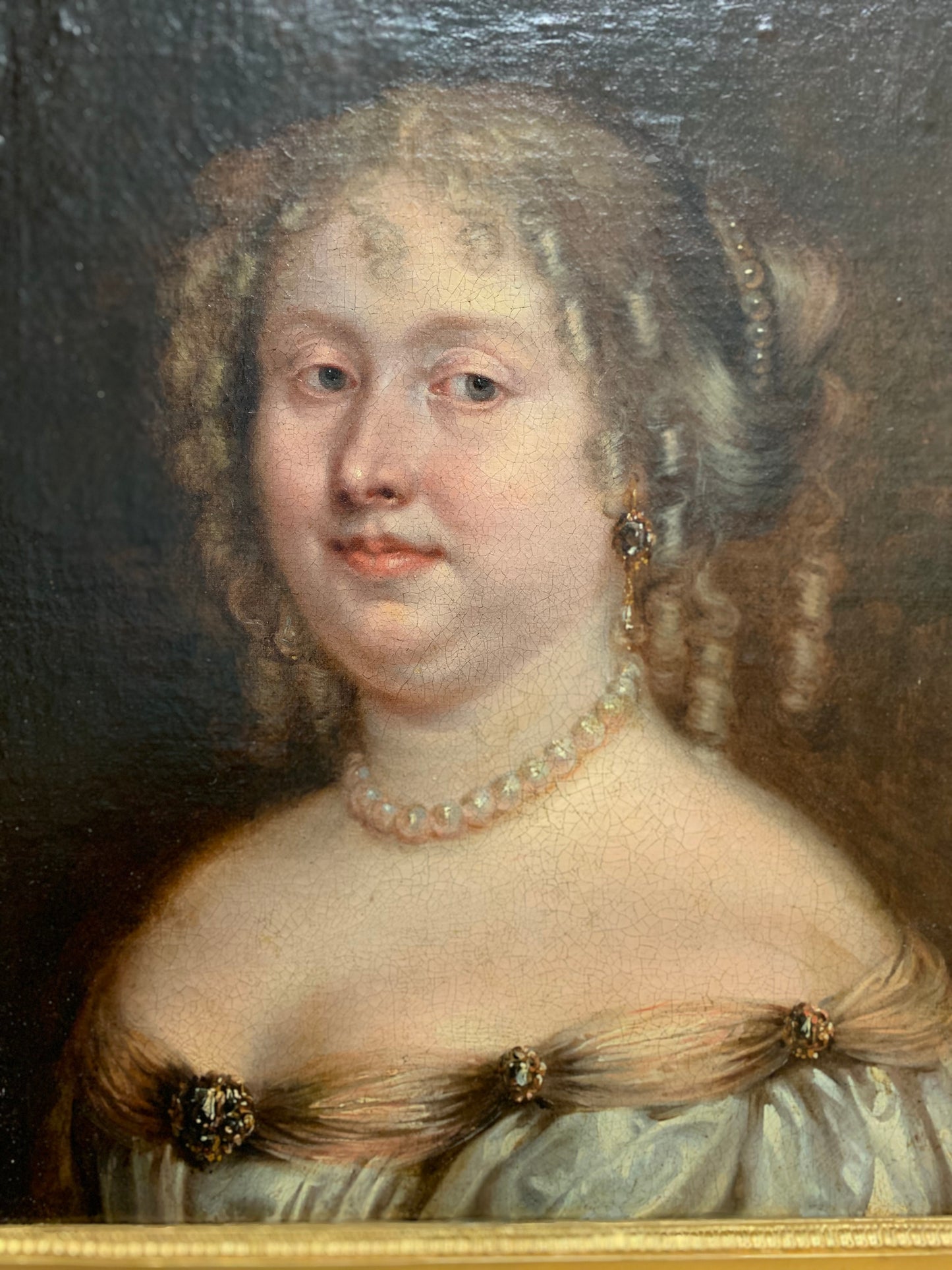
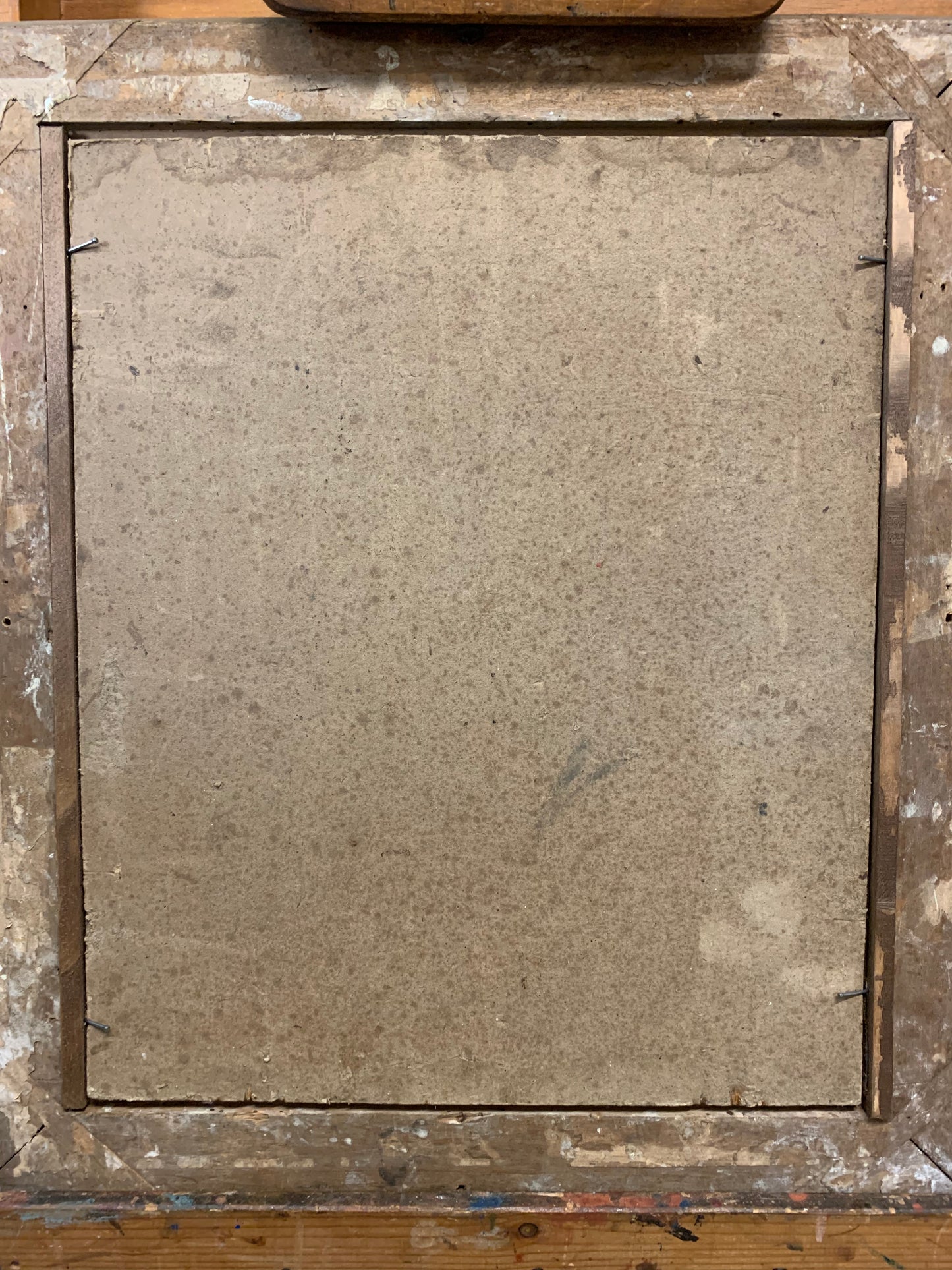
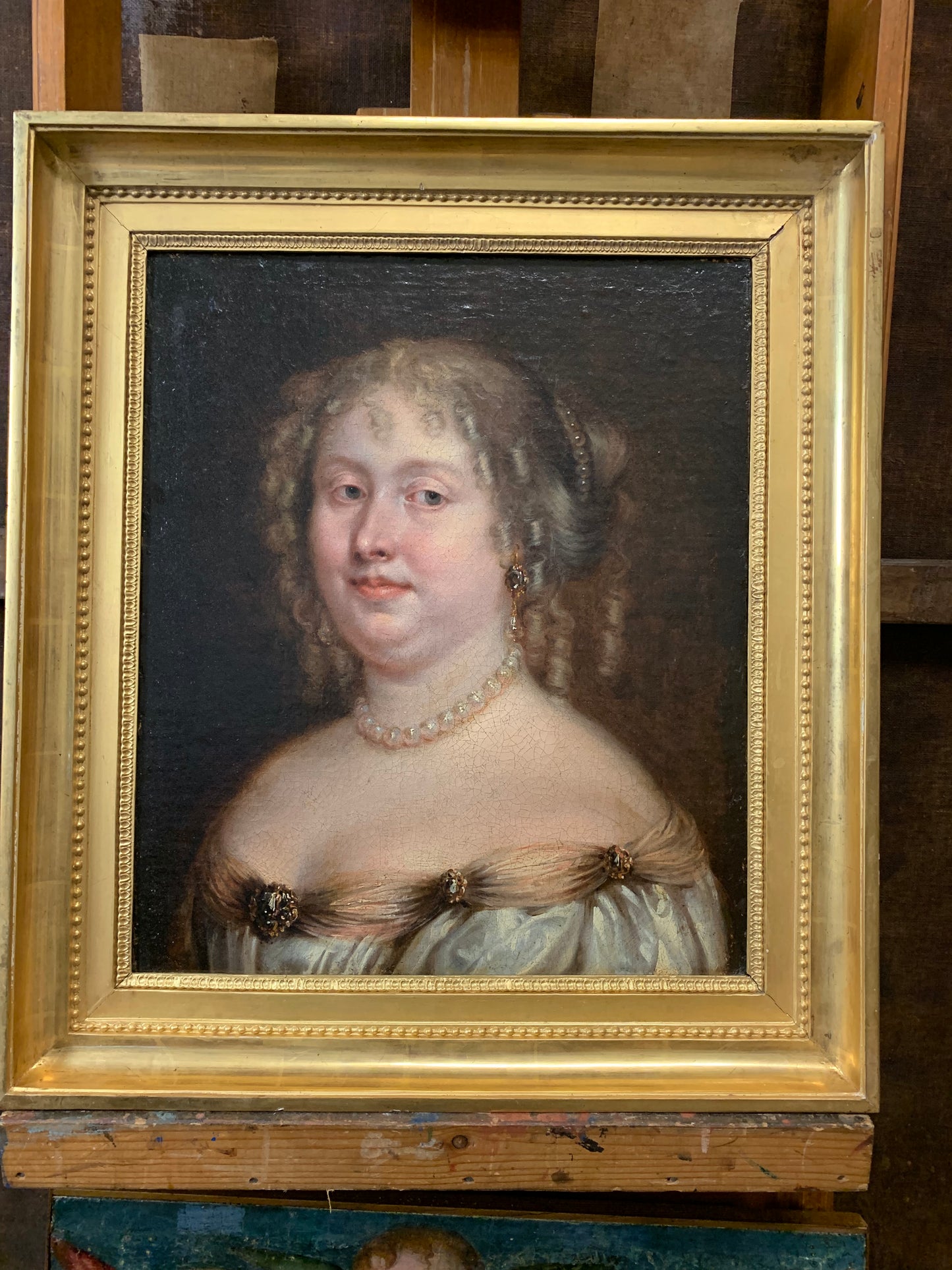
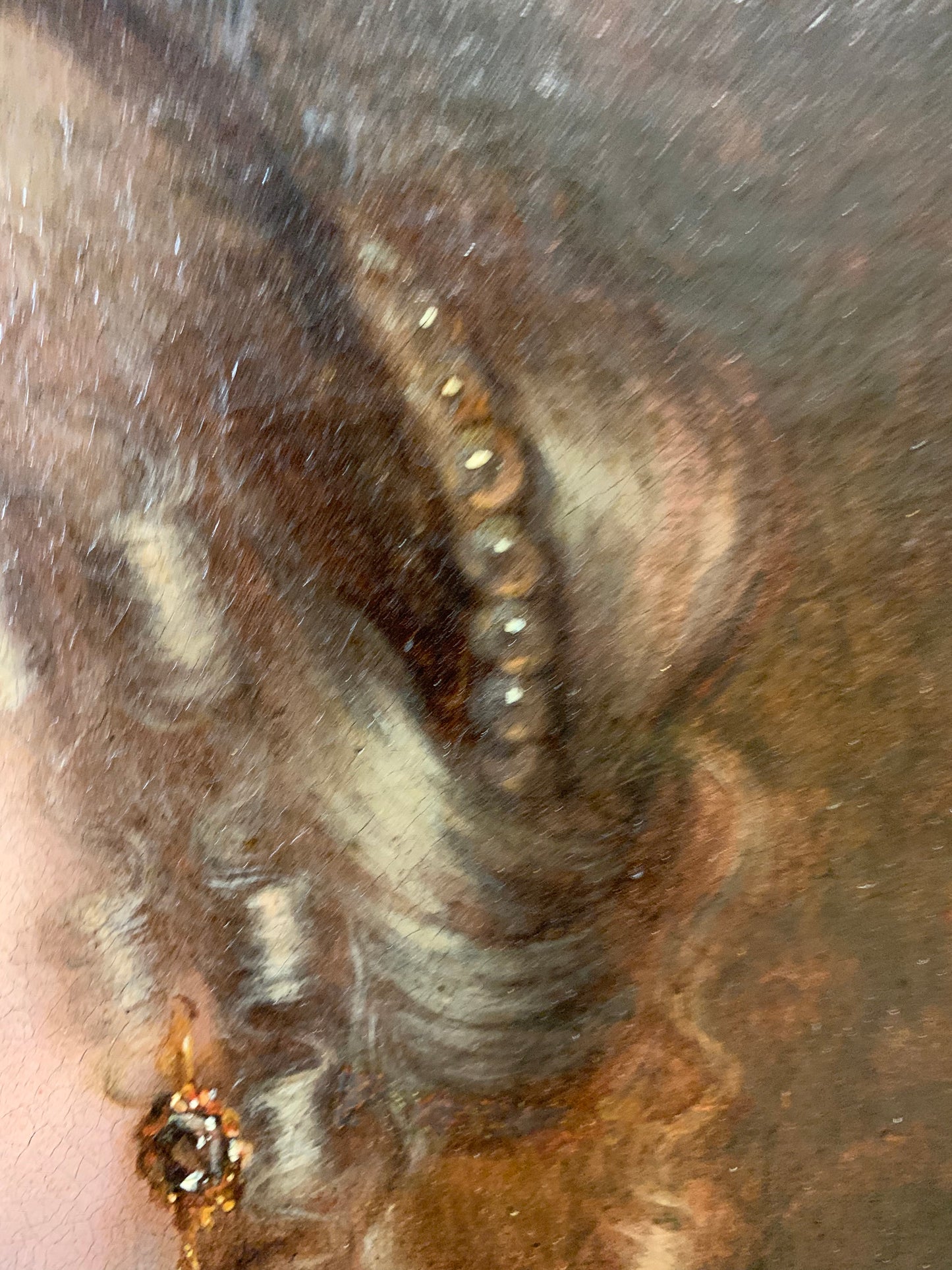
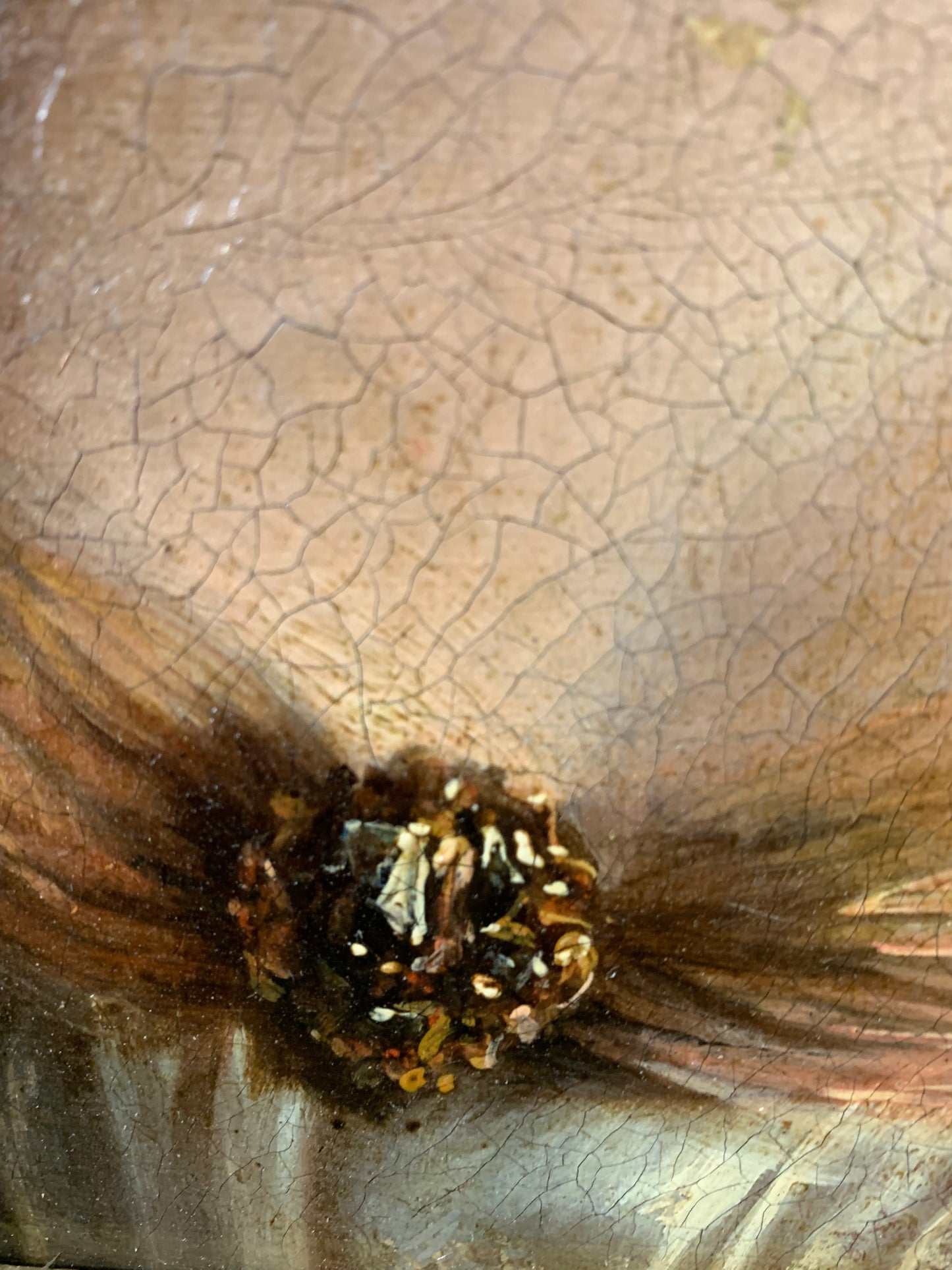
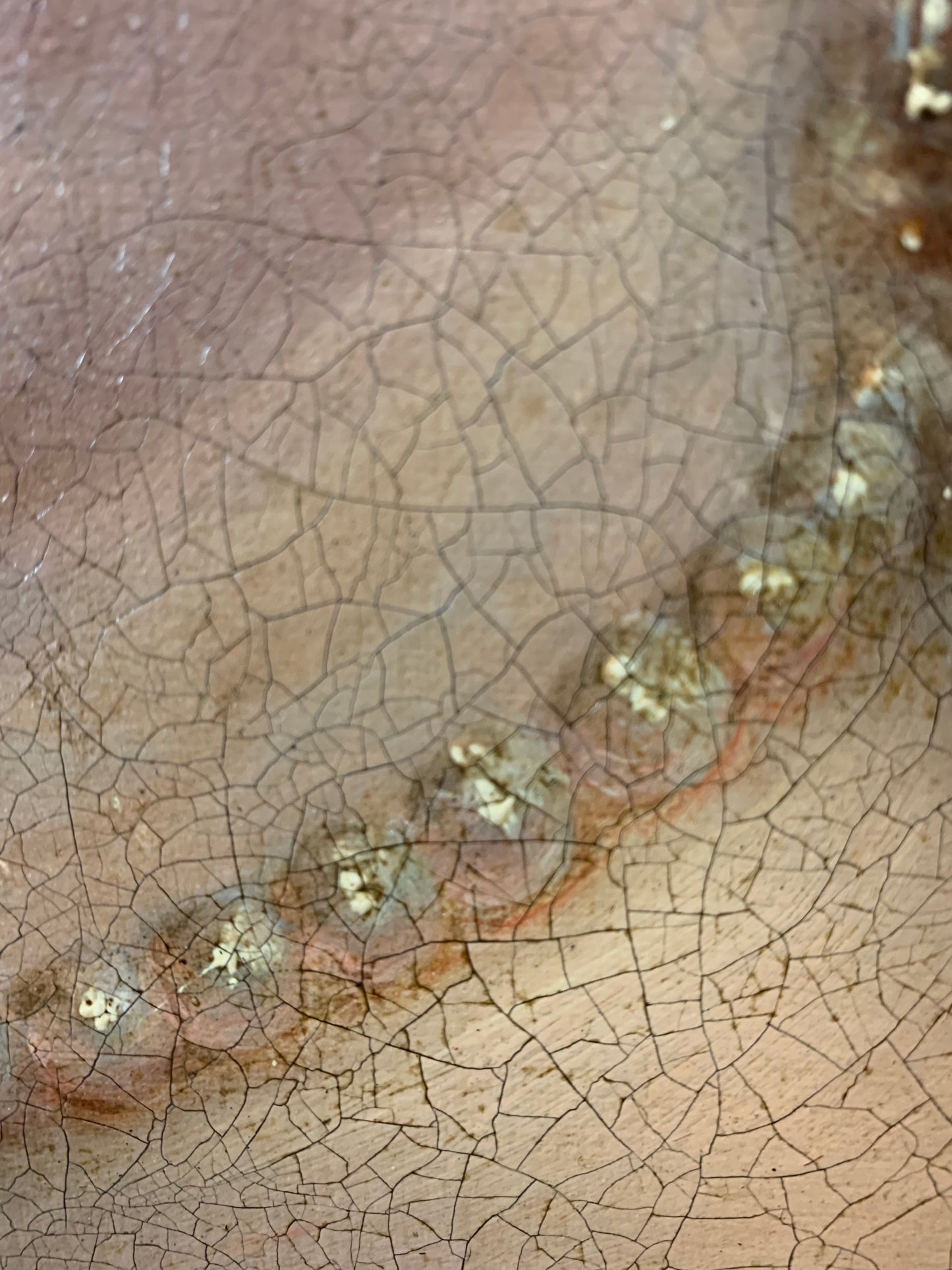
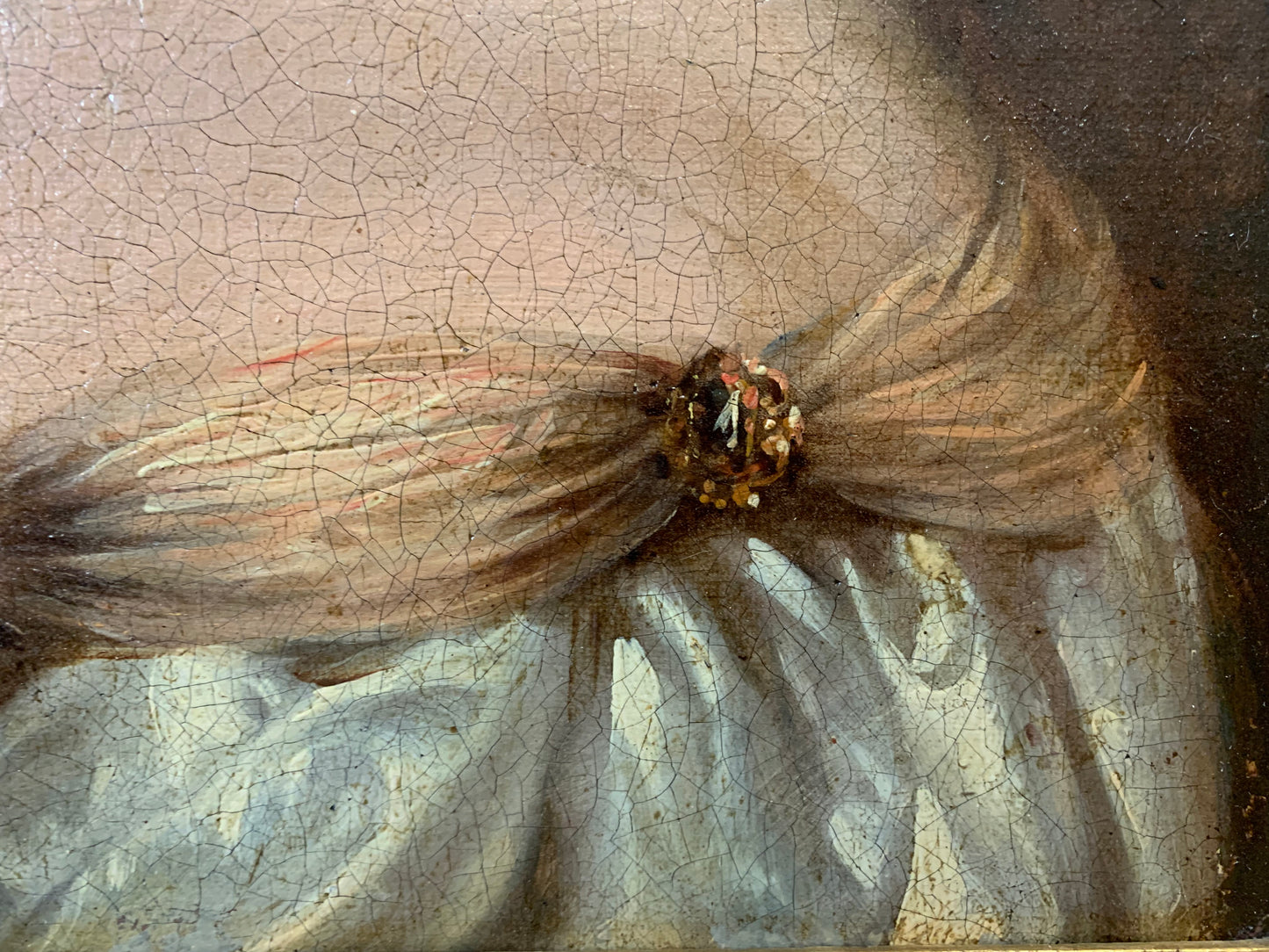

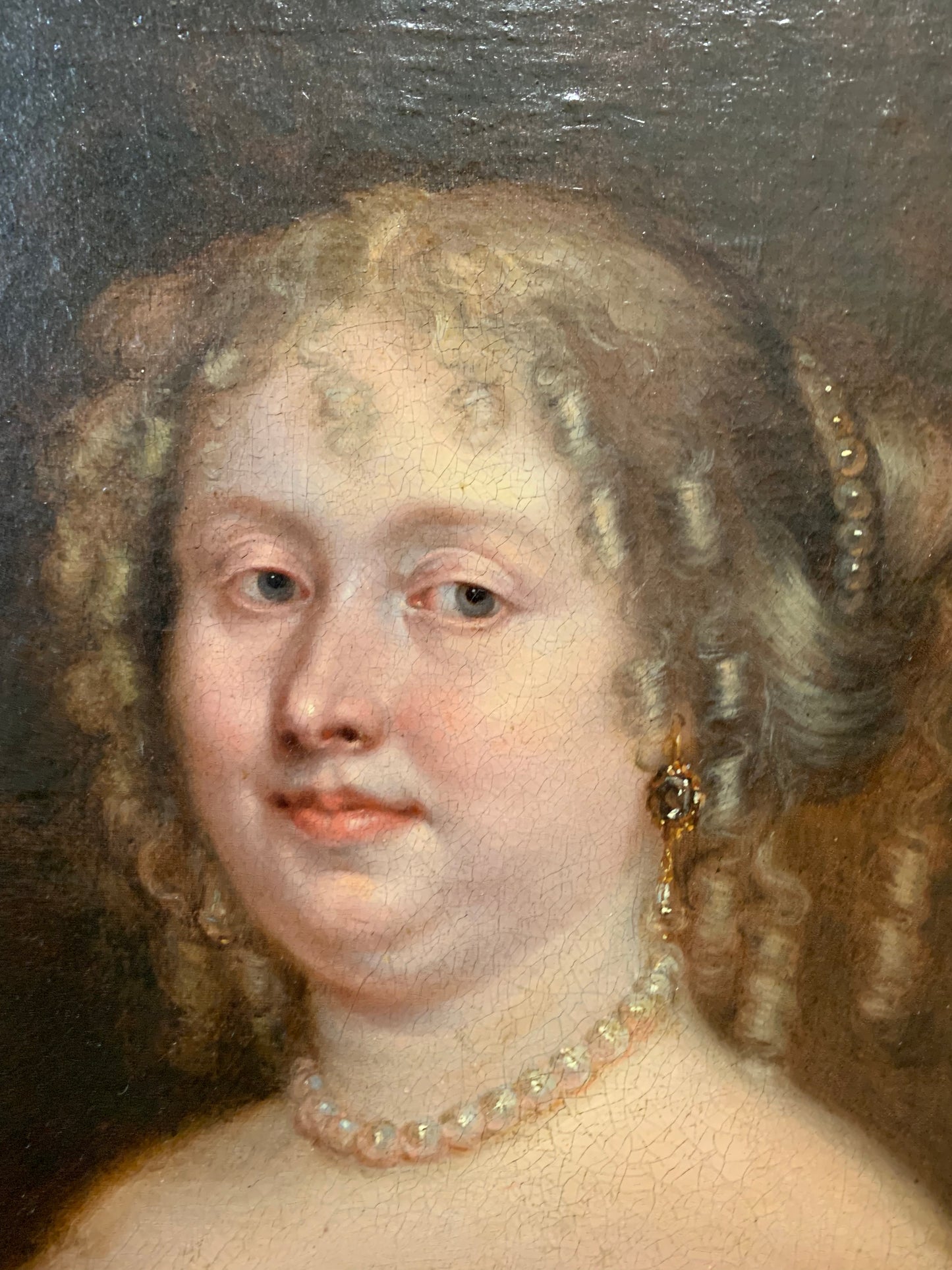
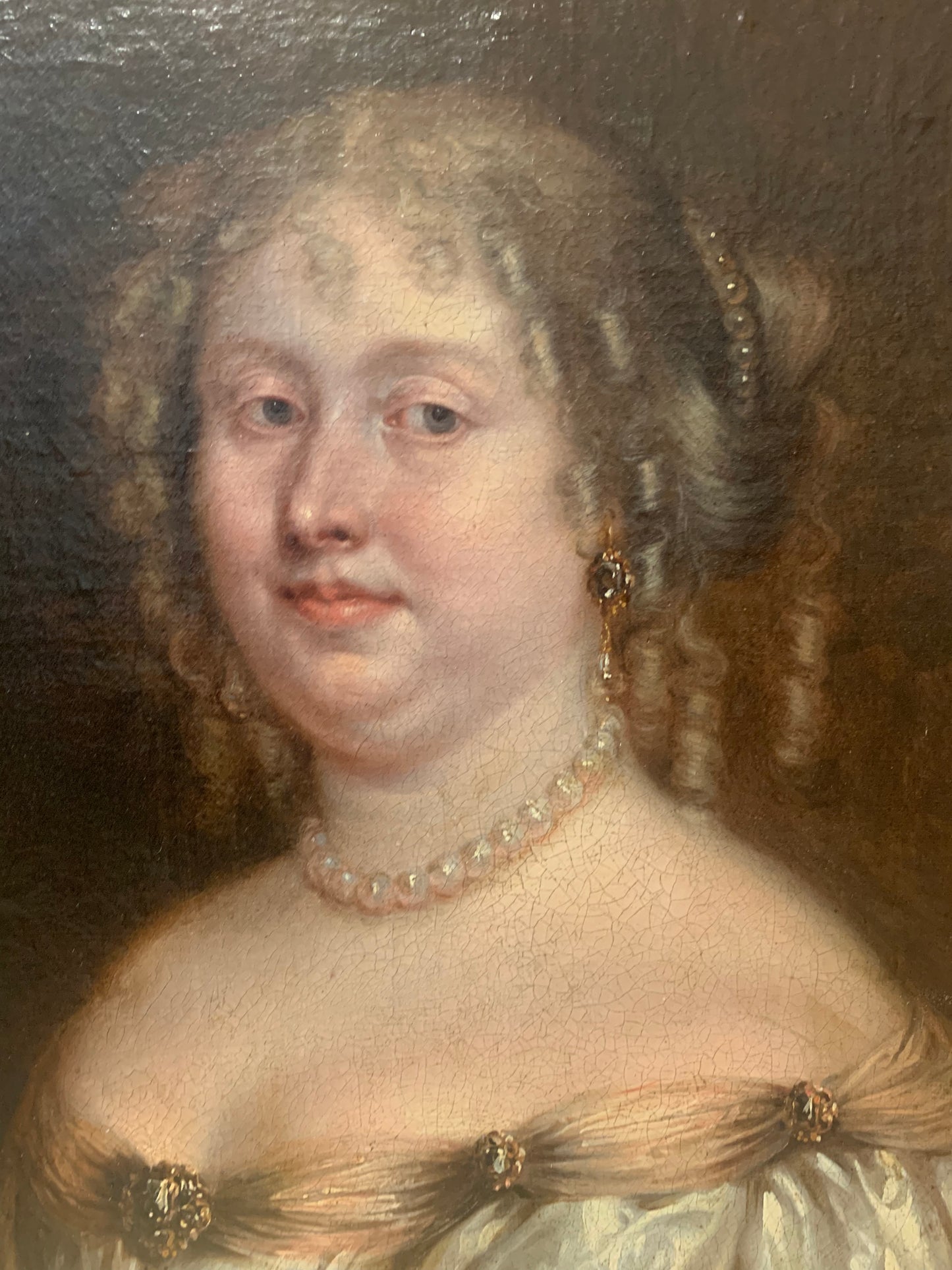

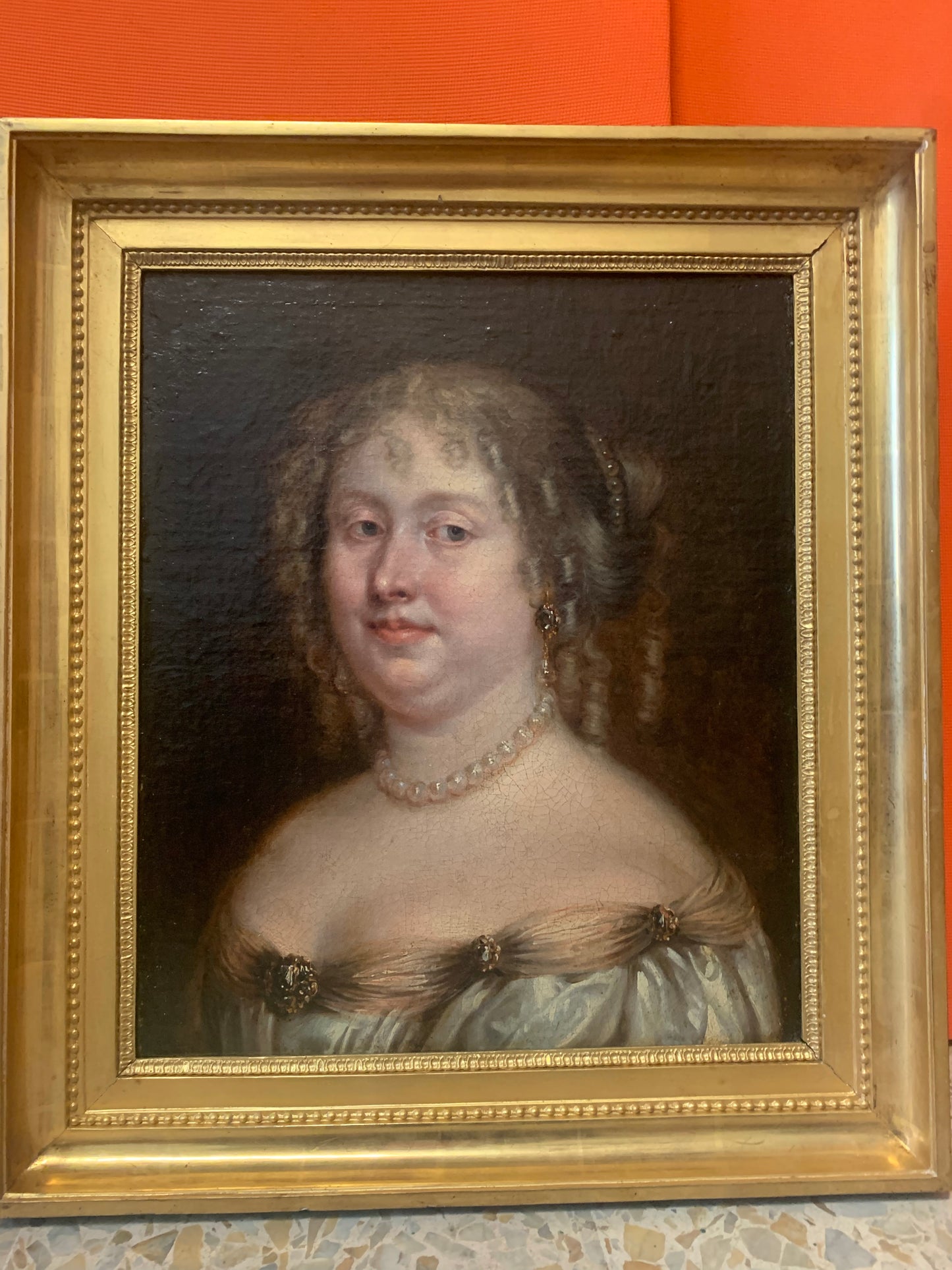
Immagine con testo
Abbina il testo a un'immagine per mettere in risalto il prodotto, la collezione o il post del blog che hai scelto. Aggiungi dettagli sulla disponibilità, sullo stile o fornisci anche una recensione.

















